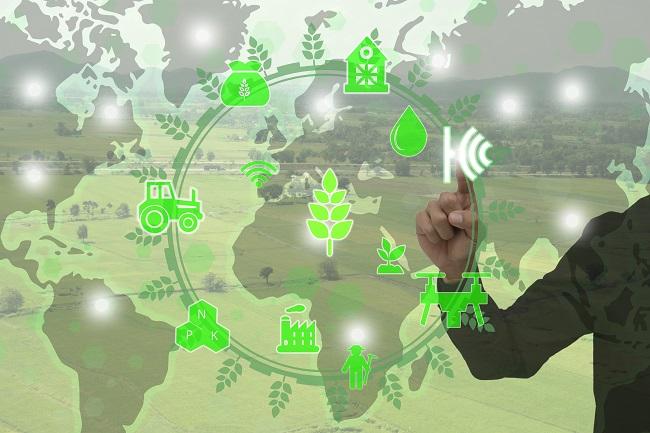Analytics in Agriculture – Profitable Crop Predictor
The predictor of profitable crops is based on forecasted market price, soil type, geographical location, and next season's weather forecast.

I am from a farmer’s family who have been farming for the last 70+ years. Since I was a kid, I have been noticing that the crop selection in the region is the same, and in fact, I heard it had been the same for almost a century. I still remember the conversation with my Grandfather why they have always gone with rice crops. He has mentioned that they know where to sell, and there is an assurance to get a market price.
To enrich the soil, they mix the traditional supplements to the soil during the off-season. However, it is not effective due to the pesticides used before.
As my conversation with other farmers in the region continued, I noticed a massive room for improvement in choosing the crops, better risk management, improving their insights on demand changes, and navigating them to a better marketplace based on the ability to select a crop. Often, farmers do not take advantage of next season’s forecasted weather and are not up-to-date with automating the labor-intense agricultural activities with technological alternatives and forecasting the crop market prices. Moreover, my initial research has found that this phenomenon exists widely in small- and medium-scale family farms worldwide.
IoT technology is readily available, but it is not widely adopted yet in the small and medium family farms due to added expense as well as the lack of and the need for the knowledge to use it.
However, they do not have access to the recommendations of most profitable crops for a given soil type, geographical location, next season’s weather forecast, forecasted market price based on historical data, and marketplace guidance based on the perishable nature of the produce.
Initial Target market and opportunity: The Small- and Medium-scale farms in the United States.
According to the U.S. Department of Agriculture, Out of 2 million farms, 89.7% are Small family farms, and they own 47.7% of the land. But they produce just 21.1% of agricultural output, whereas Large-scale and non-family farms produce more than 65%. For additional information, refer to the following link.
https://www.usda.gov/media/blog/2020/01/23/look-americas-family-farms
With proper recommendations and revenue forecasts, these small- and medium-scale farms could produce significantly more.
Solution: Our service offers recommendations on the most profitable crops by using predictive analytics while factoring in soil type, weather forecast, as well as geographical supply and demand changes. In addition to this, we offer guidance to the regional marketplaces based on the produce’s perishable nature.
Competition: There is no service or product currently serving this purpose, like predicting the future market price of a produce and providing recommendations for profitable crops. However, the Ag-Analytics company offers some of the planning options.
This article explains how to take advance of Data Science in Agriculture.
Team: JC Harding (HBAP graduate) is also a current small-scale farm owner. He has an excellent insight into the current agricultural practices in the United States and has an aspiration to adopt Data Analytics in the field of Agriculture. He will participate in developing this idea.
Anne-Marie Bazzani will participate as an Advisor.




